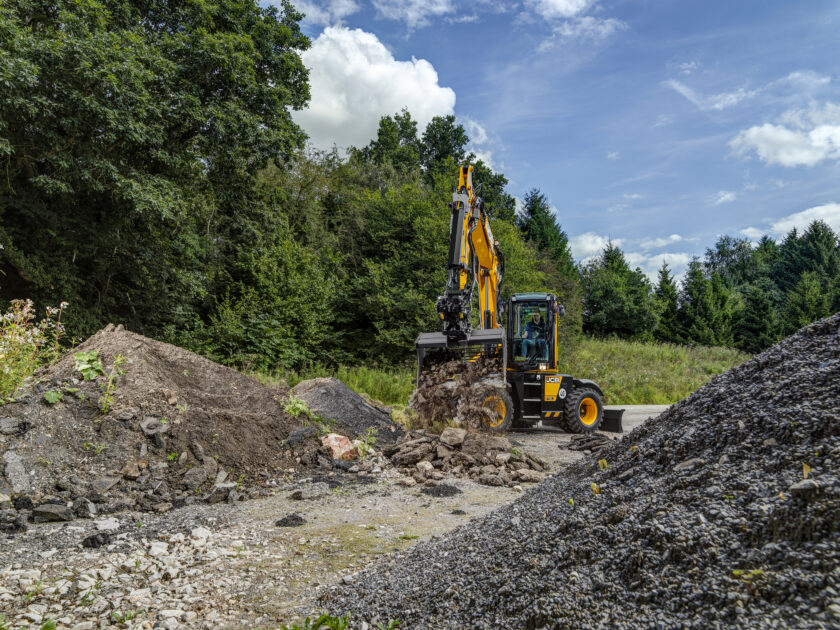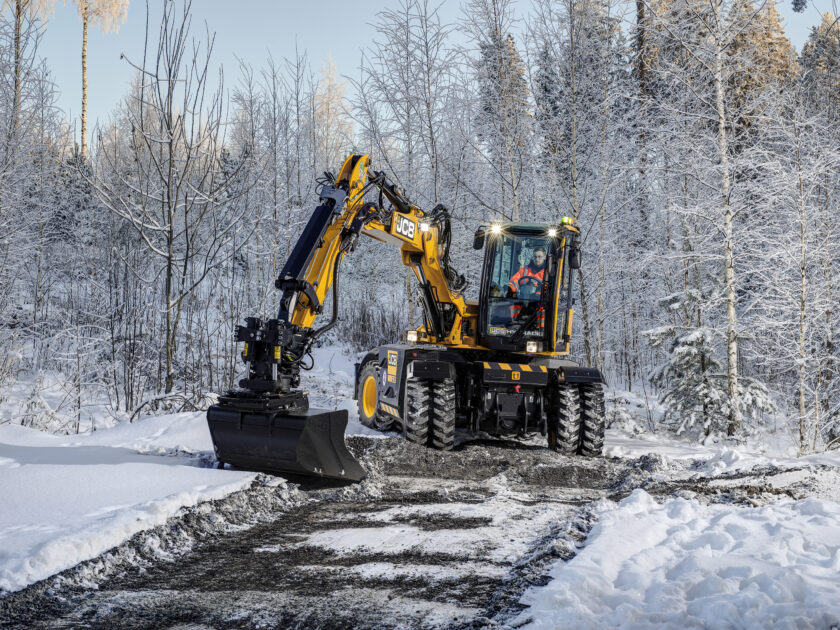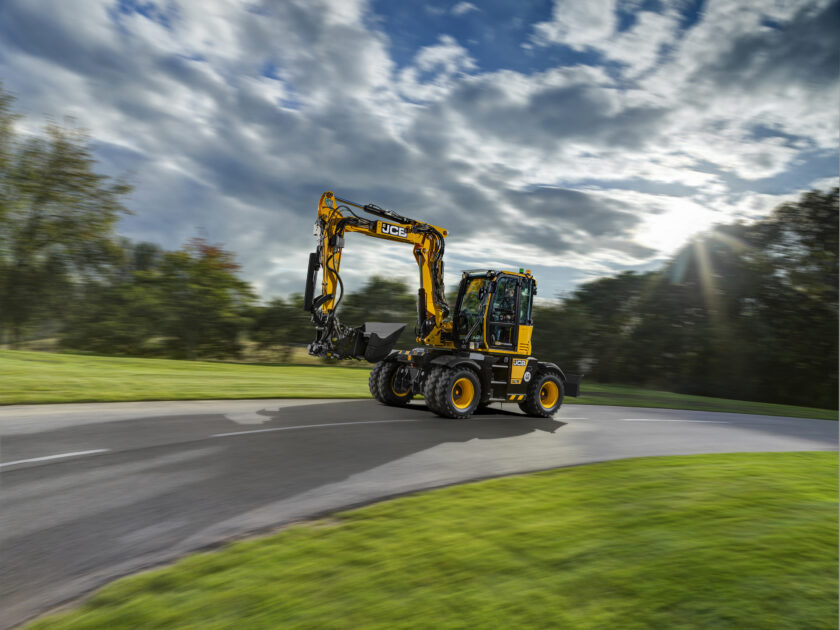
On construction sites and in agricultural businesses, the routine activities to be carried out are always highly diverse, and often, unpredictable tasks are added, either due to accidental reasons or the opportunity to supplement income with extraordinary and contingent work. A good example of this is winter road maintenance, which is only needed in the event of heavy snowfall, making it unplannable but offering interesting income opportunities. Ideally, each job would be performed with dedicated equipment, but even in the most structured construction and agricultural companies, this clashes with the need to limit investments. This drives companies to make the most of their available machinery, where it would still be advisable to complement traditional equipment with at least one machine characterized by high versatility.

An example of this is the “Hydradig” wheeled excavators from Jcb, which, despite being classified as excavators, are not limited to digging, even though they are designed for that purpose. They are capable of competing in dynamism and versatility with compact telehandlers, backhoe loaders, and medium-class wheel loaders. Many of their features are, in fact, borrowed from these machines, starting with hydrostatic transmissions, which operate through a hydraulic circuit independent of the work circuit and are interfaced with integral propulsion and steering systems. These features allow for road speeds of up to 40 km/h and towing or pushing forces of about four and a half tons.
Excavators but not only
Equipped with a three-stage arm installed beside the cabin and on a rotating turret, they can dig to a depth of nearly four and a half meters, extend horizontally up to almost eight meters, reach a loading height of six meters, and swing loads ranging from 1,100 to 2,900 kg depending on operating conditions and working heights. Additionally, they can excavate terrain with a nearly two-and-a-half-meter-wide blade, tackling even the most challenging grounds thanks to a ground clearance of almost 30 centimeters.
109 horsepower and 516 newton meters

The “Hydradig” machines are powered by four-cylinder JCB “DieselMax 448” engines, delivering 109 horsepower at 2,200 rpm and 516 Nm of torque at 1,450 rpm. Part of this performance drives hydraulic work circuits that can deliver 60, 120, or 150 liters of oil per minute, depending on the version. There are four models: the base version, the more equipped “Hydradig Plus,” the specialized “Hydradig Pothole Pro,” and the new “Hydradig Pro.” The latter is available with single or twin tires and also offers the option of a rear-mounted skid steer attachment and a high-flow hydraulic system installed on the lower frame, providing the aforementioned 150 liters of oil per minute. These features allow the “Hydradig Pro” to operate a wide selection of mechanical and motorized attachments, all quickly interchangeable to minimize downtime.

Air-conditioned cabin
The standard arm suspension speeds up movements when transporting a bucket filled with loose materials, while single-point axle greasing and the side positioning of the engine facilitate maintenance, scheduled every 500 working hours. As per JCB tradition, great attention has been paid by the British engineers to working comfort. The “Command Plus” cab is air-conditioned and features a mechanically or pneumatically suspended seat, depending on the model, and visibility is not obstructed by excessive blind spots or the arm, which is available with forearms of 165, 200, and 225 centimeters. Excellent wheel control is provided thanks to lowered windows, and a standard package includes high-power halogen or LED lights for working in low-light conditions. Additionally, depending on the model, front stabilizers are available to ensure maximum safety standards when the machine operates statically.
Title: Jcb “Hydradig Pro”: dig, carry and lift
Translation with ChatGPT







